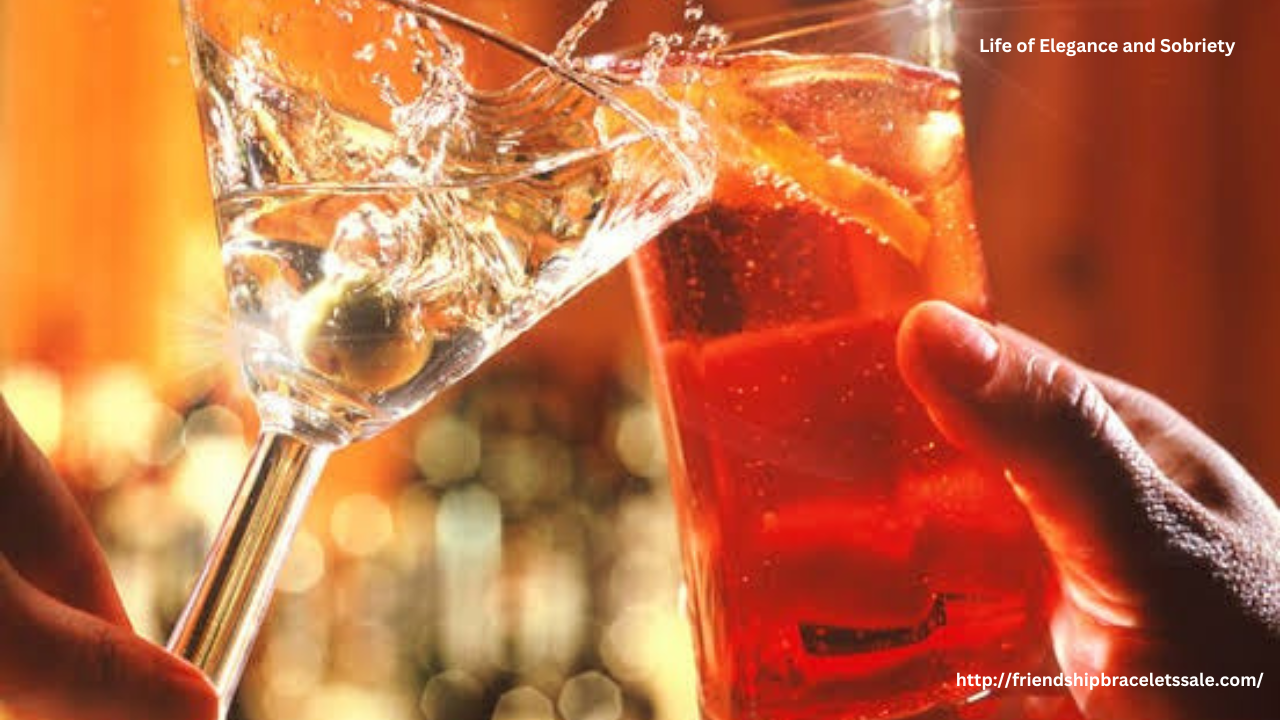
Recovery is a multifaceted journey that encompasses emotional healing, physical rejuvenation, and the rebuilding of identity. While inner work is essential, the outer expression of that transformation should not be underestimated. Personal style can serve as a powerful catalyst in the recovery process, reinforcing self-worth, boosting confidence, and providing a tangible way to celebrate progress. Dressing for success in recovery is not about vanity—it’s about embodying the strength, hope, and growth that define the path to wellness.
Reclaiming Identity Through Style
Addiction and trauma often strip individuals of their sense of self. In recovery, there’s a crucial need to rediscover and redefine identity. Personal style becomes a vehicle for that reinvention. The clothes we choose to wear communicate who we are and how we see ourselves. By intentionally selecting outfits that align with our renewed values and aspirations, we begin to reclaim and express our true identity.
This process of rediscovery can be both therapeutic and empowering. Whether it’s adopting a more polished look, experimenting with colors that reflect positivity, or curating a minimalist wardrobe that speaks to simplicity and focus, style can serve as a reflection of inner transformation.
Confidence in Every Outfit
One of the most profound effects of dressing well in recovery is the boost in confidence it provides. When you feel good in what you’re wearing, it shows. You carry yourself with more assurance, engage more comfortably in social situations, and view yourself through a more compassionate lens.
This isn’t about designer labels or fashion trends—it’s about wearing clothes that make you feel capable and proud. Something as simple as a crisp button-down shirt, a flattering pair of jeans, or a favorite accessory can elevate your mindset and reinforce your sense of purpose.
Establishing Structure and Routine
Recovery often thrives on routine and structure. Incorporating thoughtful dressing into your daily habits can add stability and intention to your day. Setting aside time each morning to choose an outfit, groom yourself, and prepare for the day ahead creates a sense of control and care.
This ritual becomes a grounding moment—a way to mentally prepare for the challenges and victories of the day. Over time, it becomes an empowering act of self-respect and commitment to living well.
Communicating Growth to the World
Your appearance can serve as a quiet yet powerful message to the world: “I am healing. I am changing. I am proud of who I am becoming.” Dressing with intention invites others to see and respect your journey, while also reminding yourself of how far you’ve come.
Moreover, when you dress in a way that aligns with your inner growth, you’re more likely to attract positive experiences and relationships that support your continued recovery.
Walking Forward with Style and Strength
In recovery, every day is a step toward a better, healthier life. Choosing to dress for success is a way to honor that progress. It’s about wearing your strength, your resilience, and your hope—not just in your heart, but on your sleeve.
Through personal style, recovery becomes not only a process of healing but a celebration of self-expression, transformation, and renewed confidence.








